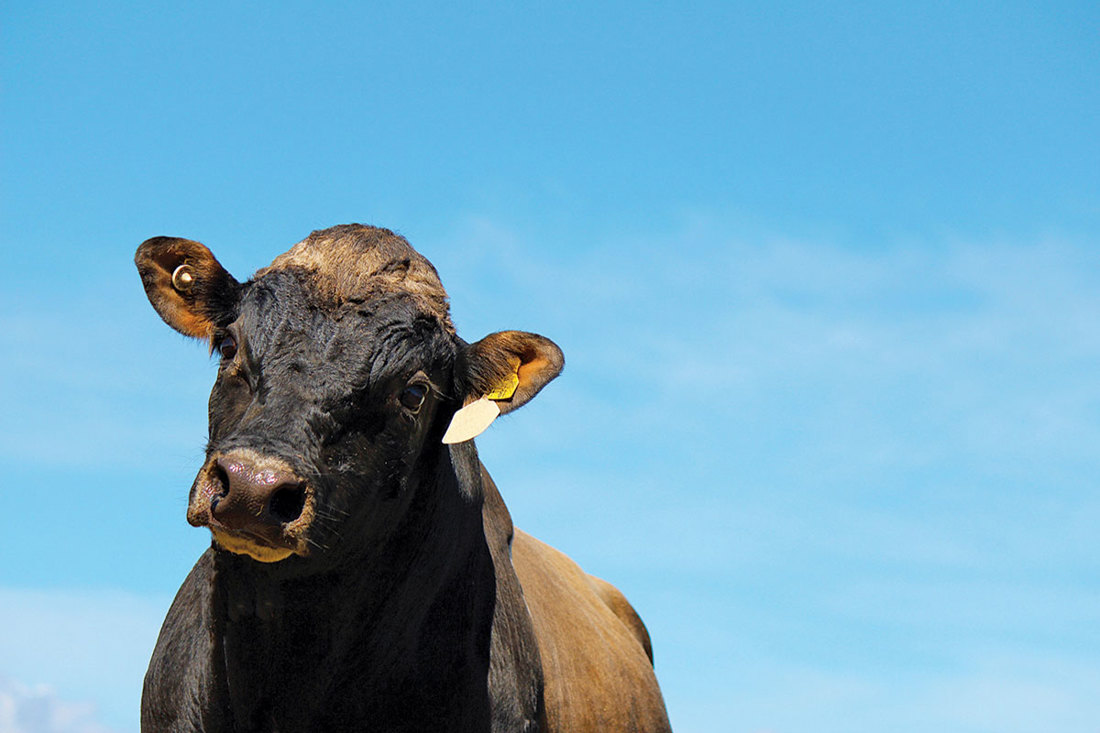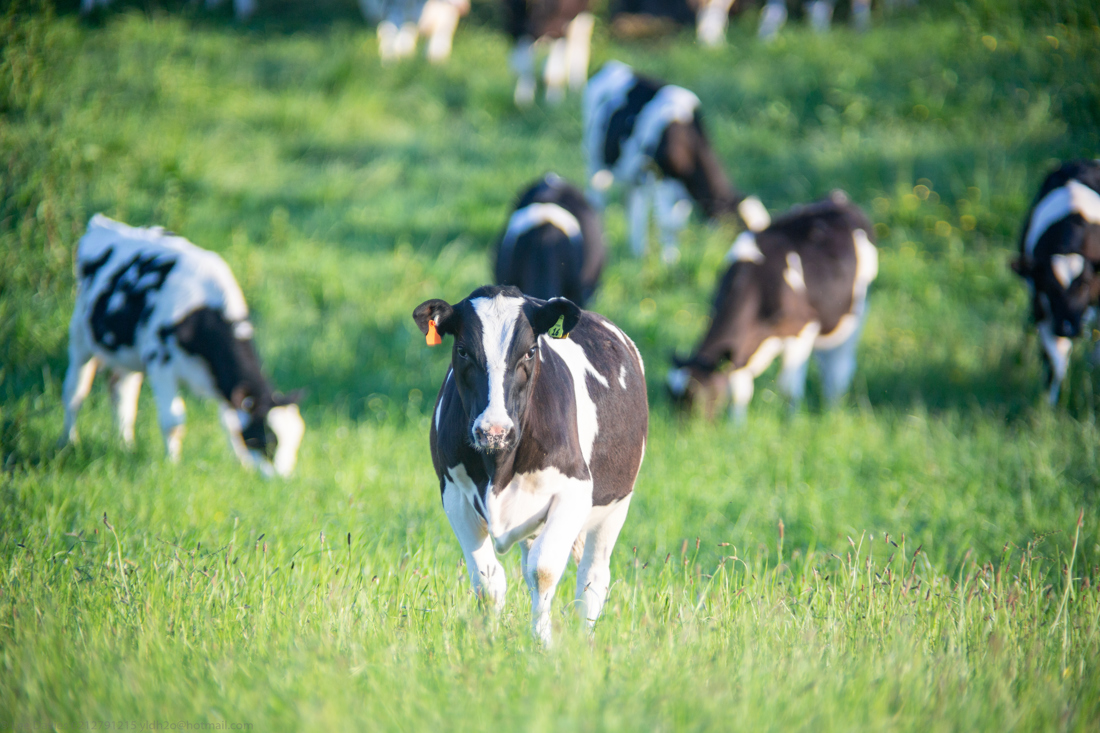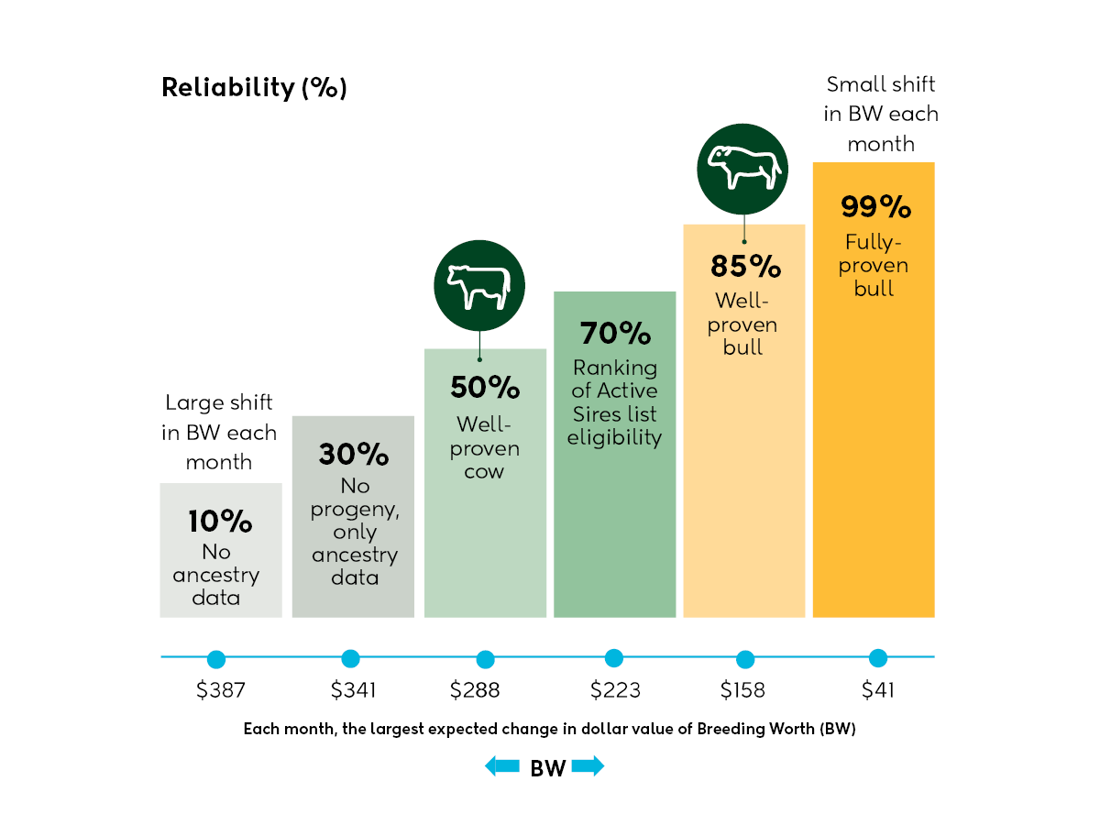Genetic Reliability
1 min read
This page covers the concept of genetic reliability, highlighting the confidence in an animal's breeding value and worth. For both cows and bulls, reliability is shown as a percentage from 0% to 100%. The higher the percentage, the more confidence you can have in the data and the less likely it is to change. In other words, it gives confidence that the BW and BV are good indications of the animal’s true genetic merit, with minimal likelihood of large changes.
For all traits, reliability is measured on scale of 0 to 100%, and indicates the confidence that an animal’s Breeding Worth (BW) or individual breeding values are a measure of their true merit.
For more detail, click on the resources below.
Once a bull has 70% reliability - about 33 daughters - it is eligible for inclusion in the Ranking of Active Sire (RAS) list.
If a bull has no daughters, we rely totally on ancestry information. Once a bull has 70% reliability - about 33 daughters - it is eligible for inclusion in the Ranking of Active Sire (RAS) list. At this time, only about 16% of its BW is based on ancestry information with the rest based on the performance of its daughters in progeny test or commercial herds.
Sires with greater than 10,000 daughters have a reliability of approximately 99%, and BW or individual breeding values are based solely on the performance of their daughters in progeny test or commercial herds. The BW of a bull with no daughters is highly likely to change. The likelihood of an animals BW or individual breeding values changing reduce as more daughters are included in their bull proof.

LIC and CRV include genomic information (as well as progeny test and commercial records) in their reliability estimate for bulls. So, a bull with no daughters but genomic information may have reliability greater than outlined above.
The reliability of individual cow BW and breeding values works in much the same way as for bulls. But, we cannot obtain 10,000+ daughters so reliability will never be as high for a cow as a widely used bull.
For cows, reliability depends on ancestry, own and progeny information. For a cow with no milk records, we rely totally on ancestry information to determine reliability and how we weight the data. Once a cow has a milk record, a small proportion of its BW is based on her own records. Like a bull, progeny records of a cow become progressively more important than her own or ancestry information.


Recording information such as mating and calving dates, herd testing or weighing cows on farm improves the reliability of the breeding indexes and Breeding Values.
Recording information such as mating and calving dates, herd testing or weighing cows on farm improves the reliability of the breeding indexes and Breeding Values. For bulls, the more of his daughters that have been recorded, the more reliable his BW will be. For cows, the more records and older she is, the more reliable her BW will be. As more information is gathered about a bull’s daughters, the bull’s ancestry data becomes less important.
Now’s the perfect time to check in, plan, and set up for a strong season. We’ve pulled together smart tips and tools to help you stay ahead all winter long.
Whether you prefer to read, listen, or download handy guides, we’ve got you covered with trusted tools to support your journey every step of the way.